The main asset of the Japanese movie industry has always been a stability, particularly in terms of production quality, which, even in the years where countries like S. Korea held the sceptres of the ‘Best Asian Cinema', did not “allow” local titles to be very far off. In that regard, it is easy to say that, even if Japanese filmmakers do not come up with masterpieces so often (at least not as often as in the past), the local industry remains the one that produces more “7/10” movies than any other in the world, consistently. This stability became much more obvious this year, since Korean cinema seems to have hit a reef that is more evident that it was before, and gradually, Japanese cinema seems to have reached the top of Asia once more, even if the level was a bit lower this year. The films that follow prove the fact in the most eloquent way.
Without further ado, here are the best Japanese films of 2021, in reverse order. Some films may have premiered in 2020, but since they mostly circulated in 2021, we decided to include them.
20. Tokyo Revengers (Tsutomu Hanabusa)
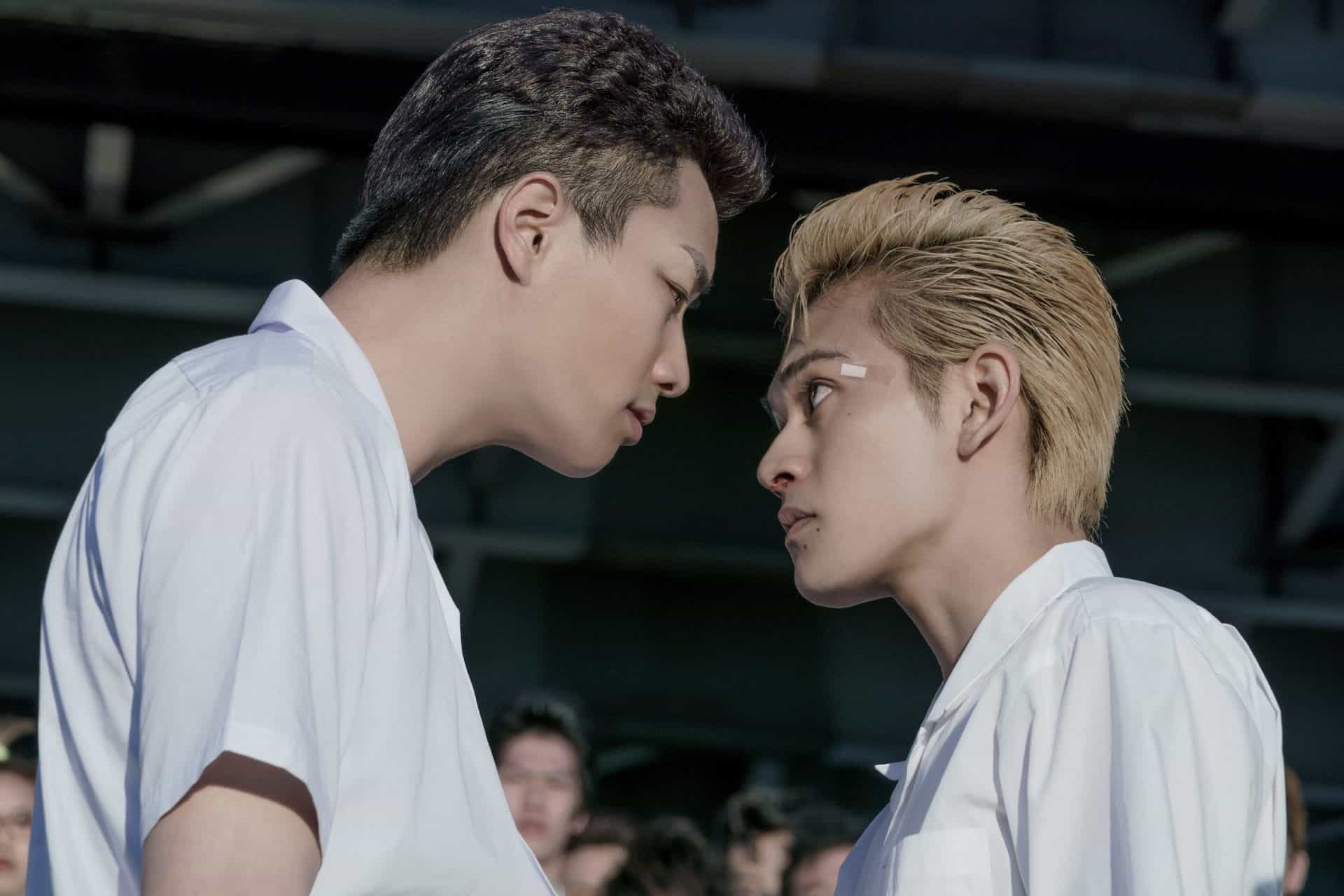
Tsutomu Hanabusa is one of those Japanese directors, like Takashi Miike and Keishi Ohtomo, who has specialized in this type of adaptation, with his prowess being quite visible in “Tokyo Revengers”, both in context and in cinematic terms. To begin with, the presentation of going back in time to change the present is one of the best ever to appear in a movie, particularly since Hanabusa manages to make it appear logical, without any ridiculous hyperboles, even in this sci-fi setting. Furthermore, through these elements, the concepts of friendship, love, regret, second chance, and the way small choices can actually affect the whole lives of people, are rather well communicated, even if through a subtle, secondary approach. (Panos Kotzathanasis)
19. Joint (Oudai Kojima)

Oudai Kojima does not avoid all the cliches of the genre but “Joint” definitely emerges as a reinvigorating note to the yakuza film, while the combination of documentary-like, art-house and violent drama results in a rather intriguing spectacle that goes far beyond the yakuza movie. (Panos Kotzathanasis)
18. Angry Rice Wives (Katsuhide Motoki)
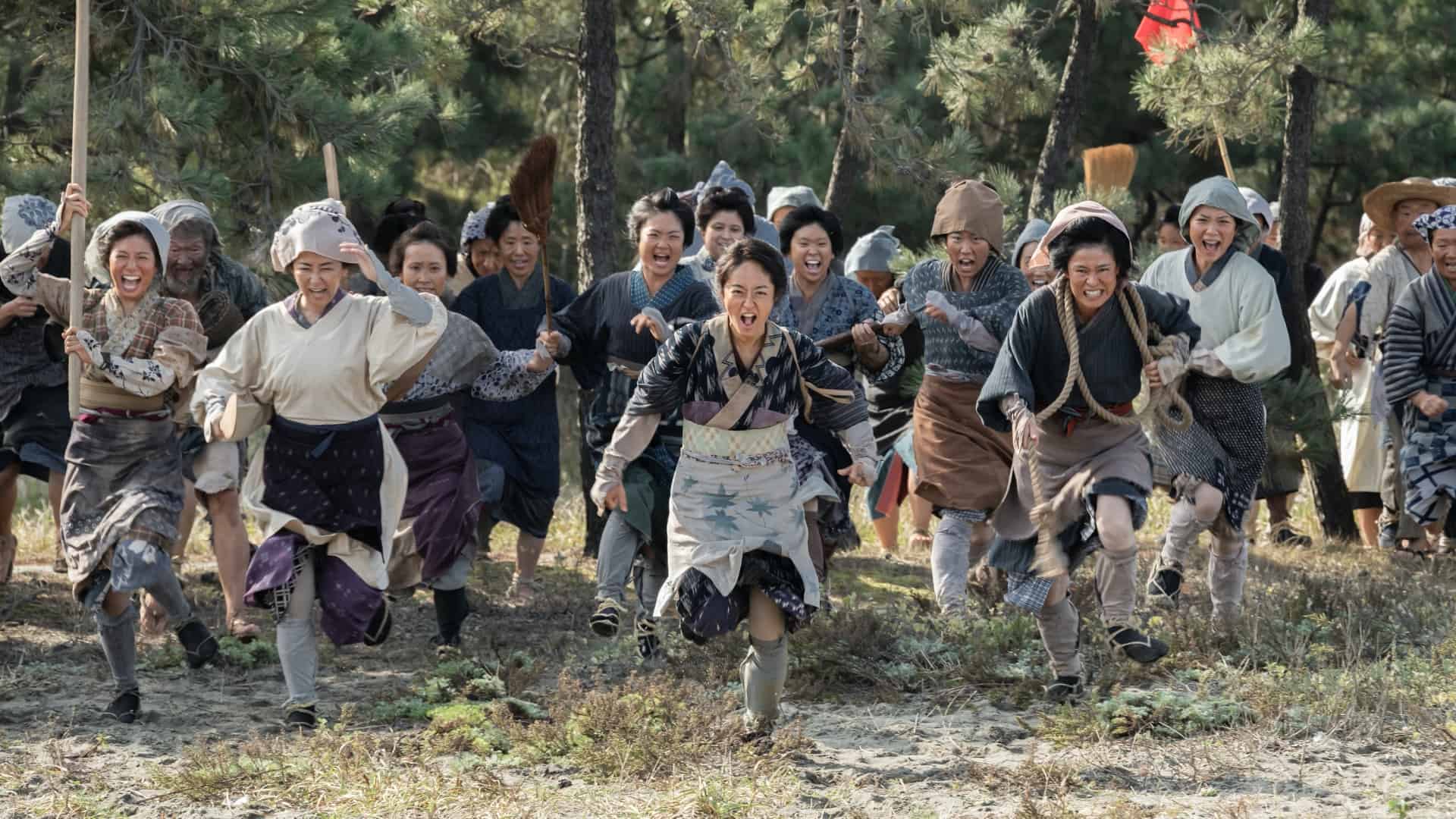
Katsuhide Motoki directs a film that could be described as “entertaining, educational realism”, with his approach focusing on both presenting the actual events and including elements that make the movie appealing to the mainstream audience. The main element of the second aspect in this case is the acting, with a number of the female casts giving rather captivating performances, filled with gusto and nuance. (Panos Kotzathanasis)
Buy This Title
on YesAsia
17. Last of the Wolves (Kazuya Shiraishi)

The story, which is also based on the novel “Korou no Chi” by Yuko Yuzuki, is once more the best aspect of the movie, along with the characters and the implementation of violence. The transformation of Hioka, from an idealistic rookie to a cop who has fully adopted the corrupt but effective tendencies of his mentor, is among the most intriguing aspects of the story, also due to the way Shiraishi presents his inevitable downward spiral. The medium of this element is Uebayashi, who makes for a great villain, as his bloodthirsty ways that initially seem to derive from a sense of dedication and honour, are soon revealed to simply be the tendencies of a sociopath, who even manages to stand out in the worst way, in the already dominated by sociopaths world of the yakuza. The way the two are analyzed individually, their interactions, and their inevitable clash, emerge as testament to the quality of Shiraishi's direction, the story and of Tori Matsuzaka and Ryohei Suzuki's acting, respectively, all of which are top notch. (Panos Kotzathanasis)
Buy This Title
on YesAsia
16. Transform! (Tomoya Ishida)

Documentaries about people with extreme moving disabilities are not exactly a norm in the industry, and even more, ones that are directed by people with these disabilities are even less, if any. Tomoya Ishida, himself strained on a wheelchair, made this film as his graduation project, after attending a video production seminar at Rikkyo University, focusing on the ways “disabled people change their bodies and minds by participating in artistic activities”. His production team consisted of three people, him as the director, Megumi Honda as the cinematographer and Riho Fujiwara who was in charge of sound. The three of them recorded about 100 hours of footage, with Ishida editing the material for about two years. The result was triumphant, as the film won the Grand Prize at PIA Film Festival. (Panos Kotzathanasis)
15. Sexual Drive (Yoshida Kota)
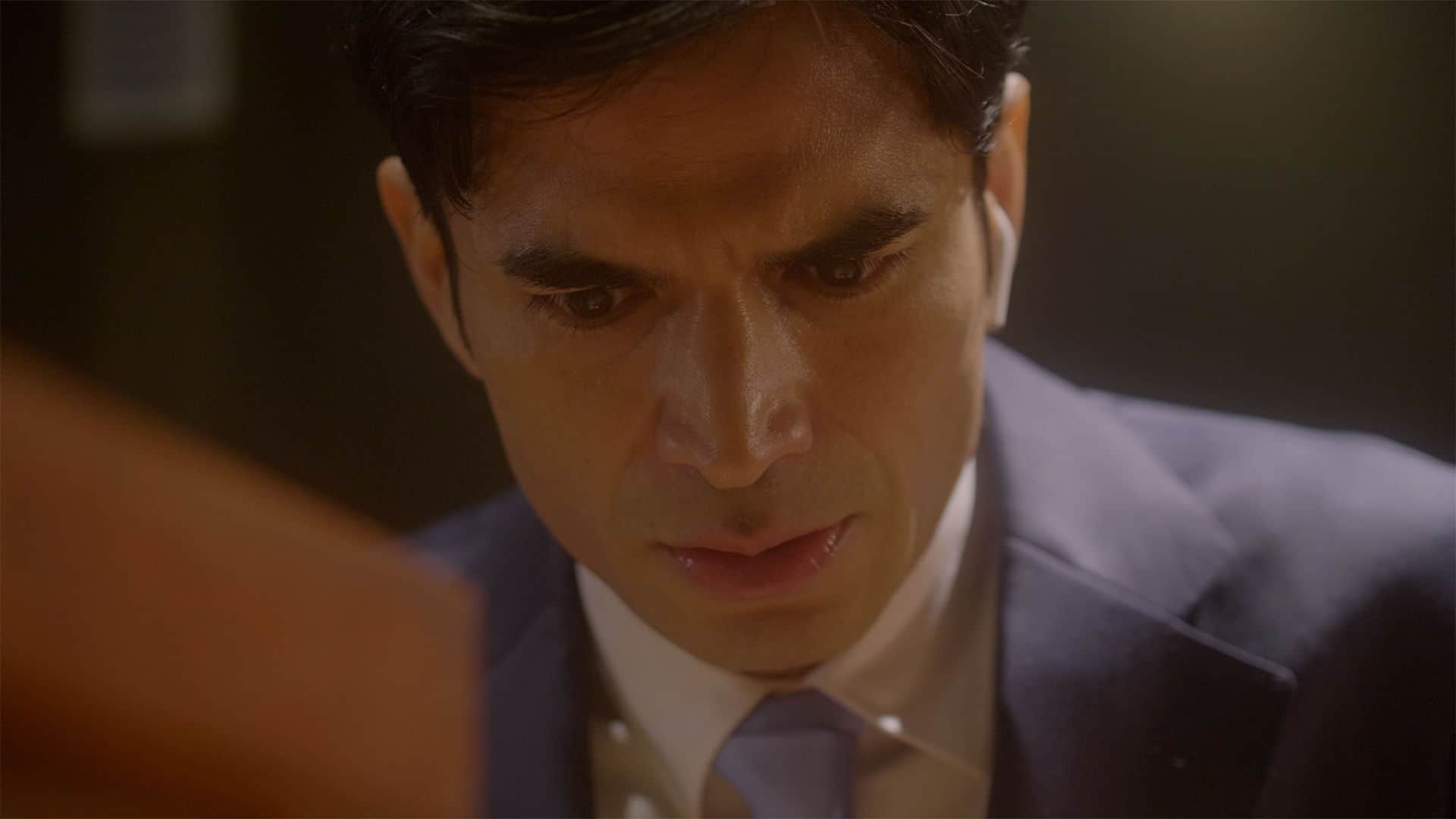
Yoshida Kota directs three segments that connect food with sex in the most entertaining ways, both contextually and cinematically. The first level is mostly presented through the concept of desire, with Kota highlighting the fact that the need for sex is very similar to hunger, and the joy one can receive from both, very similar. The way he uses the character of Kurita is also very smart, with him acting as the catalyst in all the relationships with his sudden appearances (and his box of chestnuts), with Tateto Sherizawa giving a performance that oozes perversion in the most direct, but also quite funny fashion. That what he says to his “victims” remains uncertain regarding the whether it is true or not also adds much to the context of the movie, heightening the sense of mystery his persona emits. The fact that this “sex messenger” is actually not an attracting individual, in terms of his looks, creates an impressive antithesis with the rest of the protagonists, and particularly the women, all of which are quite good-looking. (Panos Kotzathanasis)
14. Extraneous Matters (Kenichi Ugana)

Kenichi Ugana directs a very stylized film, filled with titillating perversity, humor, and a couple of very interesting social comments. The stylization derives from a number of factors. The monochrome cinematography by Masashi Komino in combination with his framing, particularly in the scenes in the bars, is the main source of this element, along with the excellent music, mostly in blues and rock tunes, which are the elements that are mostly reminisced of Jarmusch's style. (Panos Kotzathanasis)
13. Resident of Alice (Keiichiro Sawa)
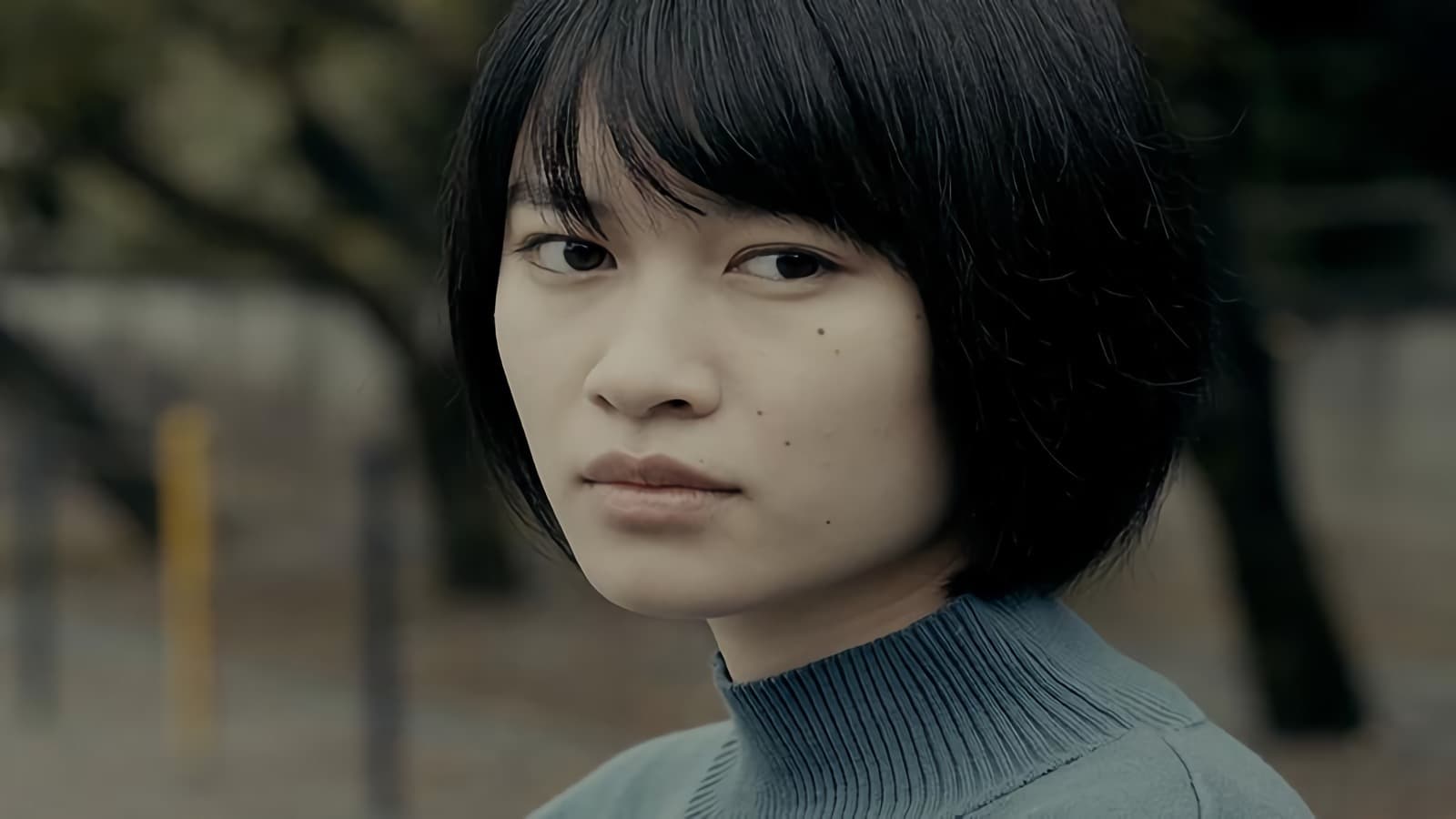
Sawa's direction is excellent, both in the highlighting of the issue, and in two very clever narrative tools he implements throughout the film. The first one is the presence of Kenji, whose ignorance about what is going on in the house and who are the people living in it, along with his surprise for Tsugumi's ways, perfectly mirrors the sentiments of the viewer of the movie, in a “trick” that essentially has the audience feeling as part of the movie. Tanri is excellent in the part, especially in the way he communicates his perplexity. The second is a recurring image of a man chewing something (probably a lemon) which appears on screen as part of Tsugumi's thoughts, and induces the narrative with a sense of horror that works quite well in terms of entertainment. Furthermore, the narration, again by Tsugumi, also adds to the overall aesthetics, while the gradual revelation of the situation and the single plot twist add even more depth and appeal to the story. (Panos Kotzathanasis)

12. Kiba: The Fangs of Fiction (Daihachi Yoshida)
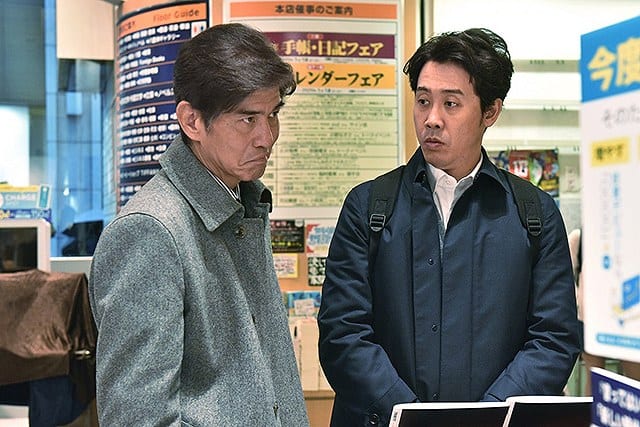
Based on a novel by Takeshi Shiota and written by Shiota and Ihiro Kusuno, “Kiba: The Fangs of Fiction” is a film full of endearing characters that are enjoyable to follow around. Its narrative is energetic and fun, full of small twists and turns, constantly keeping you on your feet and entertained. Where its subject matter of the Japanese literary world might not catch everyone's attention, the movie does a great job at making you care about the industry, while teaching you some of its intricacies along the way. (Reinier Brands)
Buy This Title
on YesAsia
11. Ushiku (Thomas Ash)

While the overall aesthetics of “Ushiku” are very minimalist, the documentary does not fail to leave an impression with his viewer. The stories of the men along with the aforementioned images of their treatment or the daily routine, are quite disturbing as they uncover violence, maltreatment and hatred towards these men, who are not even regarded as human anymore. Additionally, their body language stresses the repercussions of these events, physically and mentally, as some of them are on the verge of depression, express suicidal thoughts and a state of exhaustion. (Rouven Linnarz)


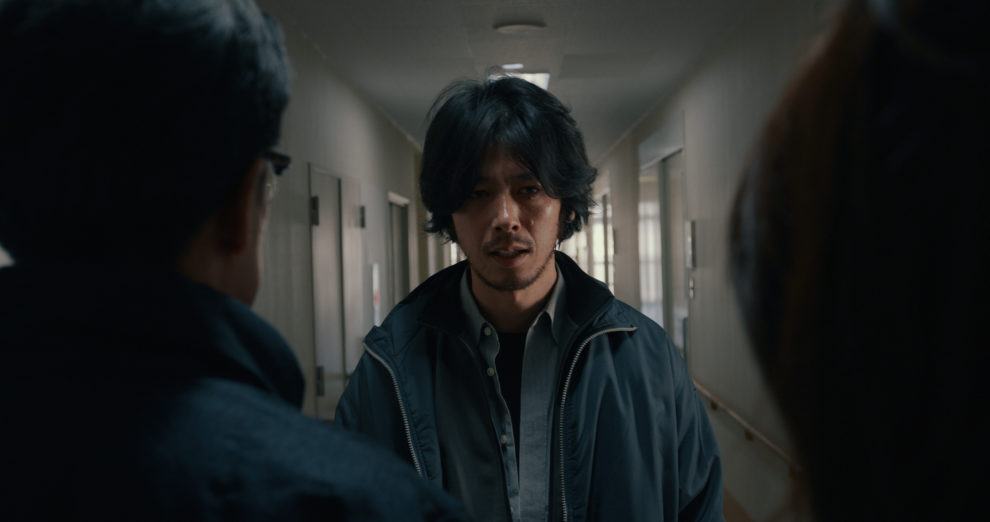

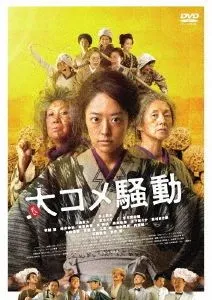


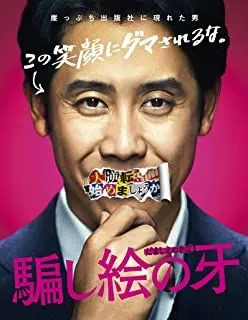


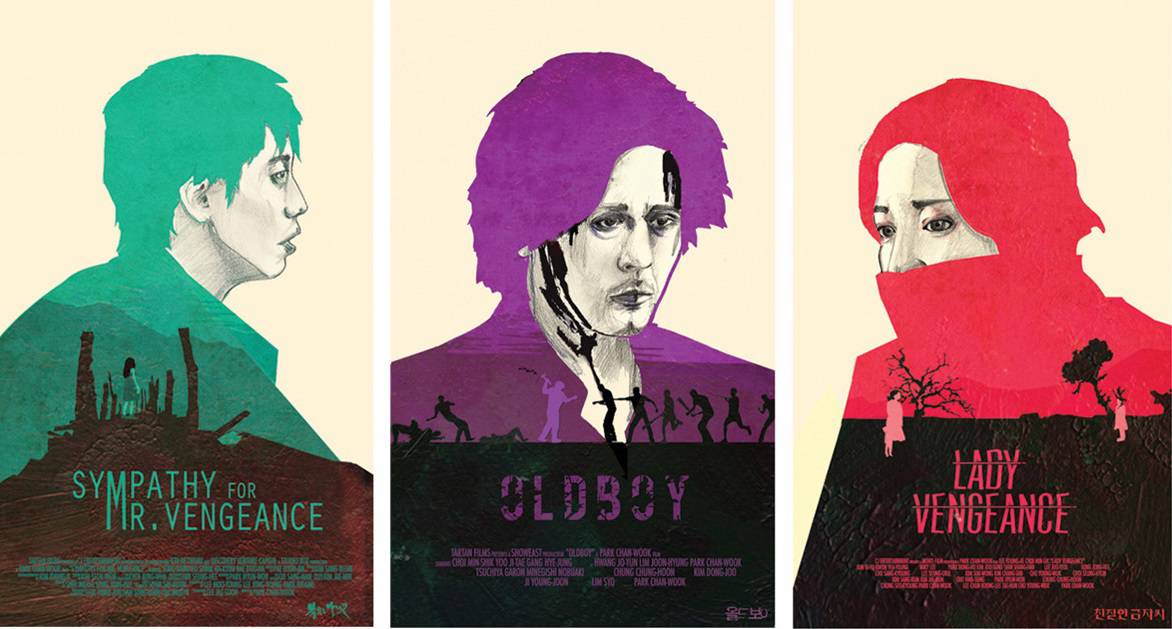

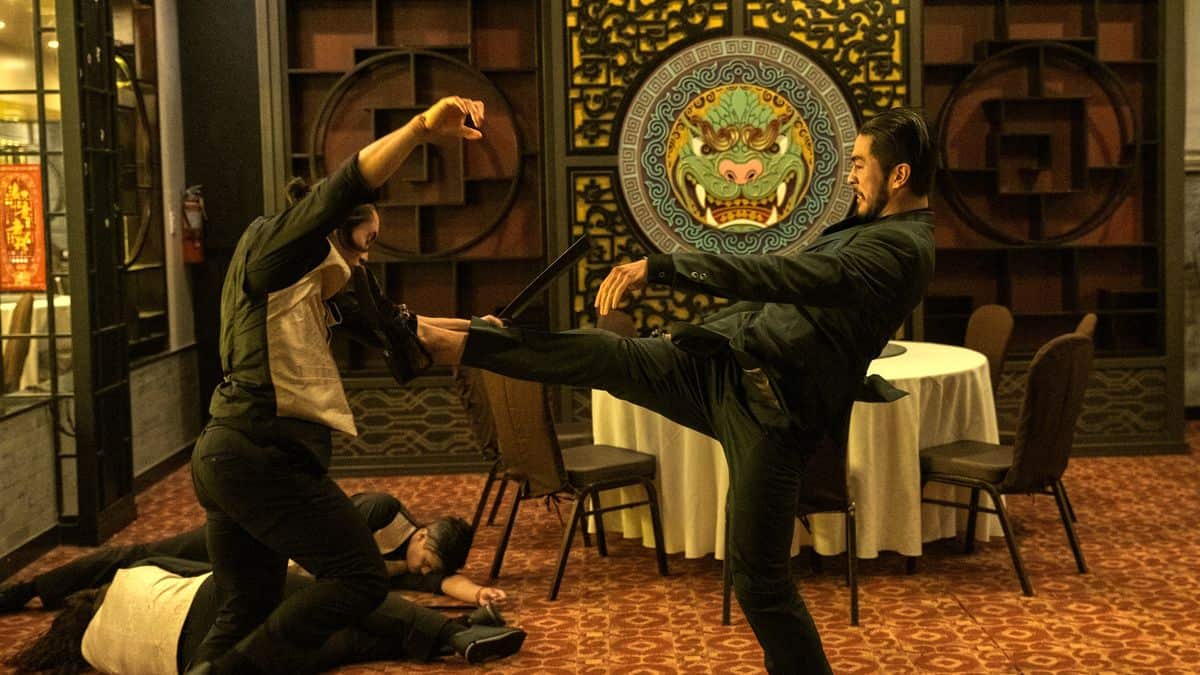
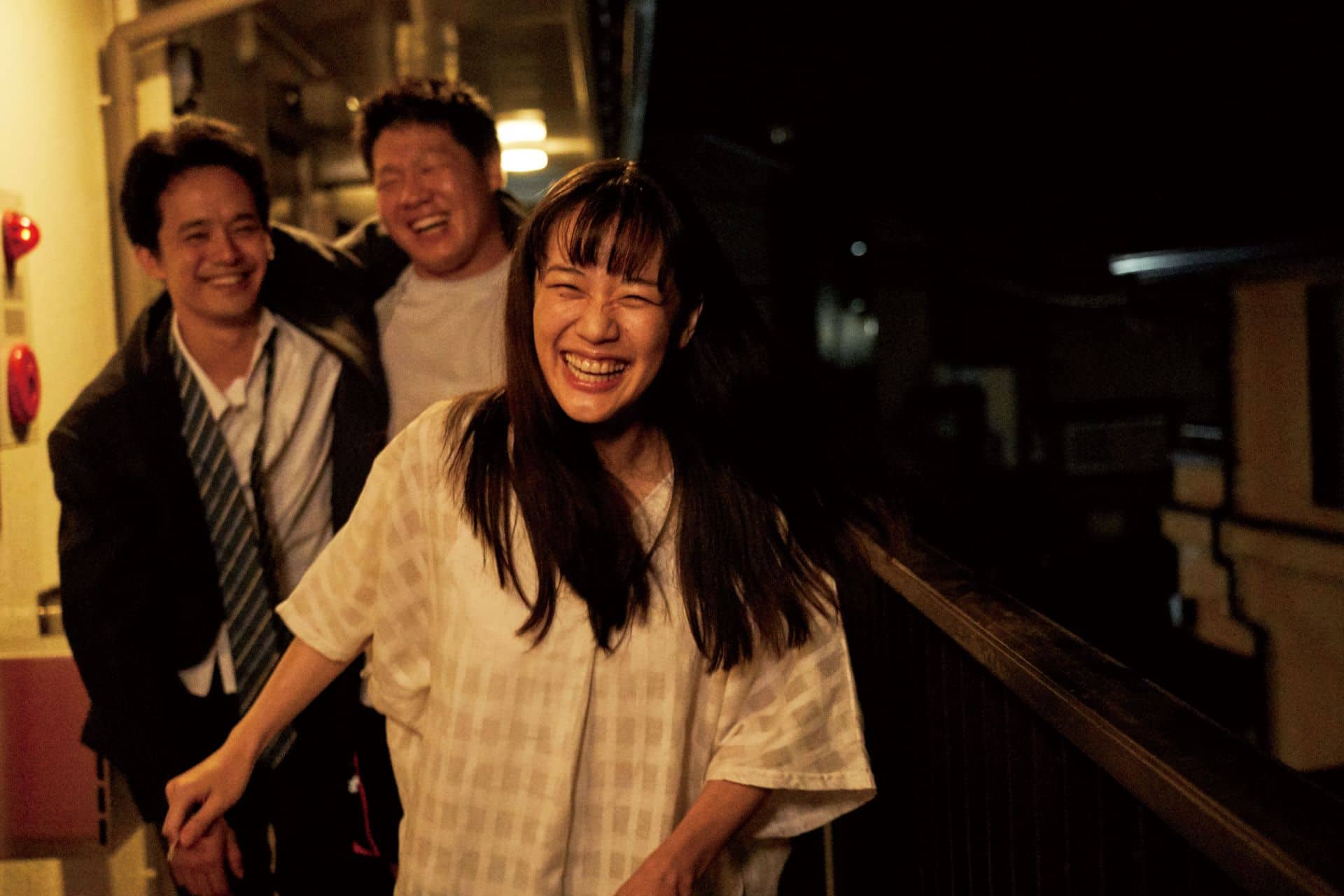








Nice
Thank you